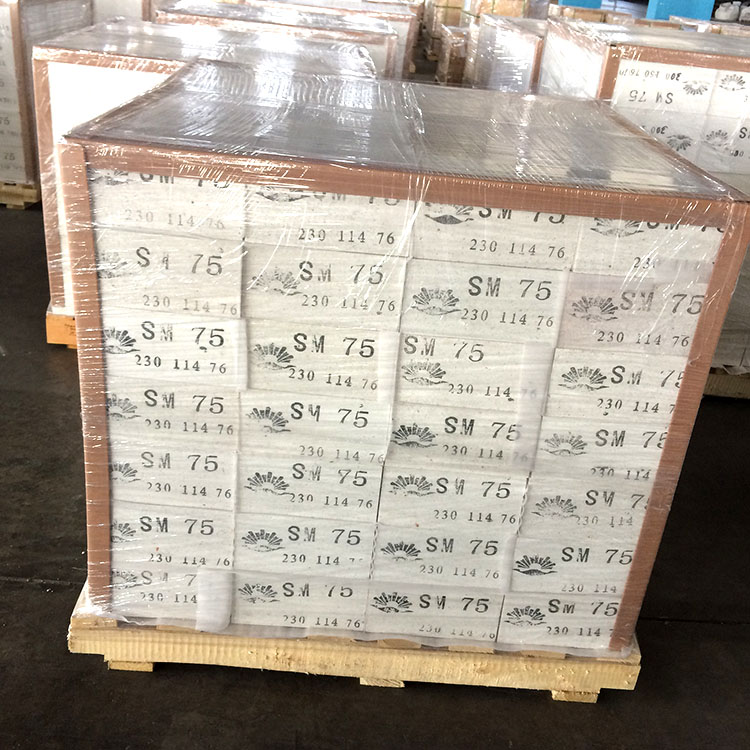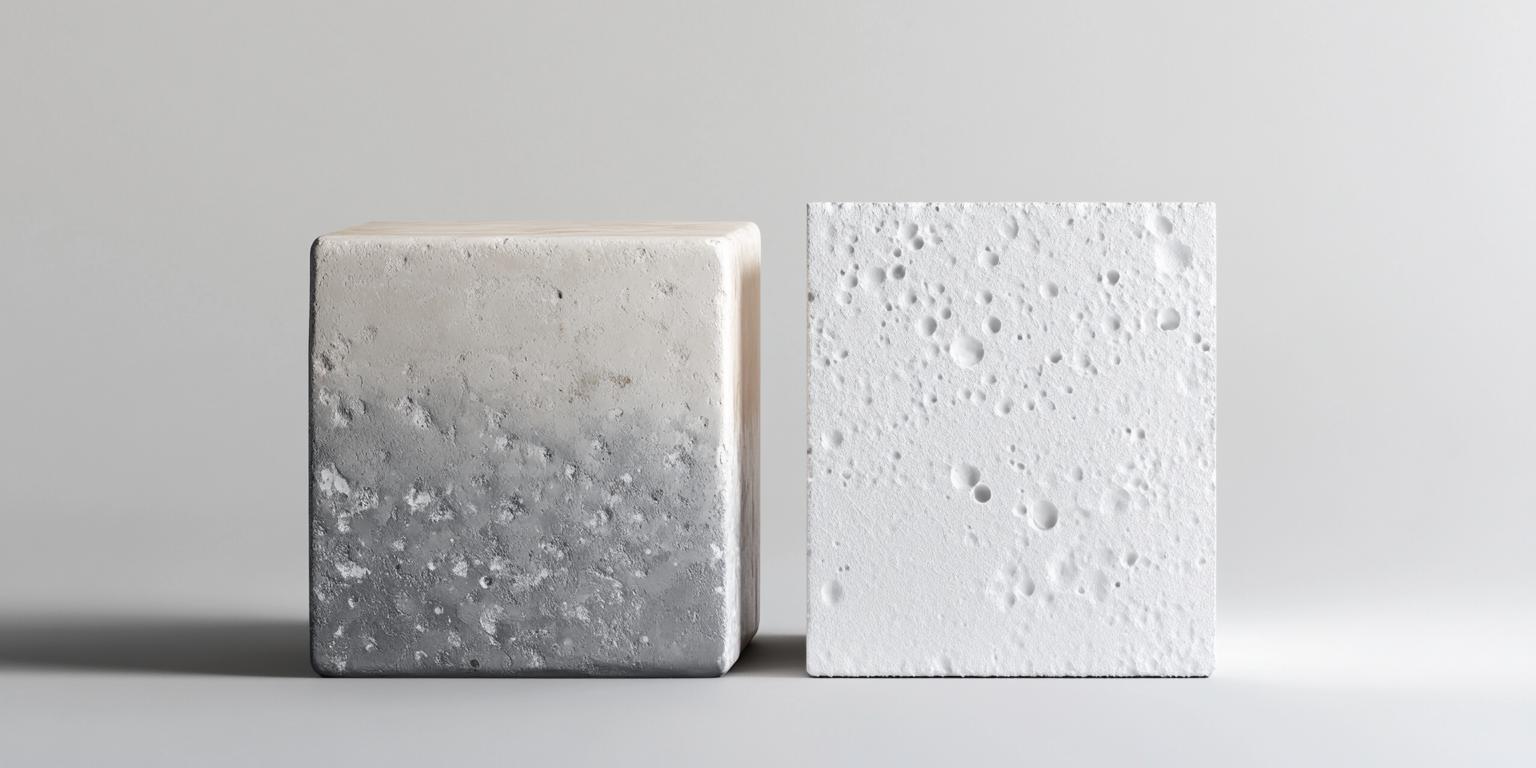
In modern industrial production, especially in high - temperature environments such as the steel, glass, and ceramic industries, the demand for high - quality refractory materials is increasing. Traditional refractory materials often face problems such as low refractoriness, poor structural stability, and short service life, which not only affect production efficiency but also increase production costs. Against this backdrop, sintered mullite bricks have emerged as an ideal solution.
Sintered mullite bricks are high - alumina sintered refractory products with mullite as the main crystal phase. They are made from synthetic mullite clinker and high - alumina bauxite clinker, and fired at a temperature above 1600°C. This high - temperature firing process gives the bricks excellent performance.
Synthetic mullite clinker is a high - quality raw material with high purity and uniform crystal structure. It has a melting point of up to 1850°C, providing excellent refractoriness. High - alumina bauxite clinker is rich in aluminum oxide, which can significantly improve the strength and chemical stability of the bricks. The combination of these two raw materials makes sintered mullite bricks have a stable structure and strong resistance to chemical corrosion.
The firing temperature has a crucial impact on the performance of sintered mullite bricks. Bricks fired at temperatures below 1500°C may have problems such as low density and poor strength. In contrast, bricks fired at temperatures above 1600°C have a denser structure, higher strength, and better thermal shock resistance. Tests show that sintered mullite bricks fired at 1650°C can withstand a pressure of up to 100 MPa and have a thermal shock resistance of more than 50 times.

1. Steel Industry: In a large - scale steel plant in Europe, sintered mullite bricks were used in the lining of the steelmaking furnace. After continuous use for 2 years, the lining showed only minor wear, and the production efficiency increased by 15% compared with the previous use of traditional refractory materials. This is mainly because the high refractoriness and excellent thermal shock resistance of sintered mullite bricks can withstand the high - temperature and high - pressure environment in the steelmaking process.
2. Glass Industry: A glass factory in Asia used sintered mullite bricks in the melting furnace. The service life of the furnace was extended from the original 1 year to 3 years, and the energy consumption was reduced by 20%. The stable structure of sintered mullite bricks can resist the erosion of glass melt and high - temperature flue gas, ensuring the long - term stable operation of the furnace.
3. Ceramic Industry: In a ceramic production base in South America, sintered mullite bricks were applied to the kiln. The quality of the fired ceramics was significantly improved, and the rejection rate was reduced from 8% to 3%. The high - temperature stability of sintered mullite bricks can provide a more uniform temperature field in the kiln, which is conducive to the formation of the ceramic structure.

If you are still looking for high - quality refractory materials for your industrial production, don't miss sintered mullite bricks. Contact us now to learn more about our products, and we can also provide you with free product samples. Email us at [your email] or call [your phone number].


